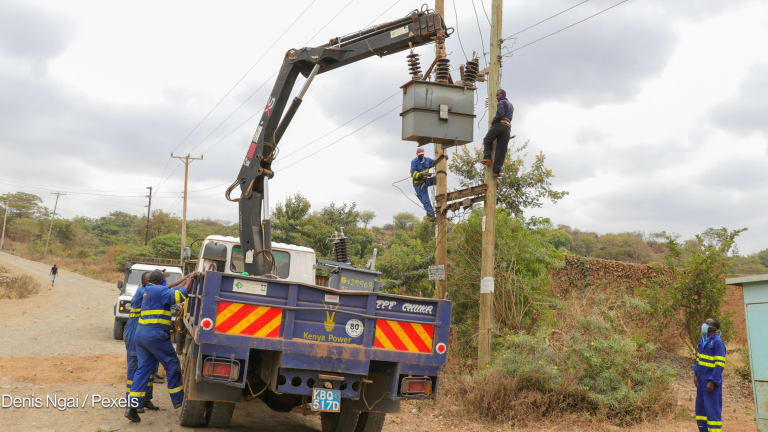
Here’s one additional item for World Bank President Jim Yong Kim’s to-do list: Lead the reinvention of the bank’s concessional lending arm so it can respond better to a changing global landscape.
The International Development Association “was built in a different age for a purpose that is rapidly becoming outdated,” argues a new report from U.S.-based think tank Center for Global Development. The report is based on discussions of a working group CGD organized.
Such calls for the reinvention of “traditional” development actors have been making the rounds for some time now. Countries are increasingly seeking reforms within the United Nations, for instance, and the United States is already reforming its aid program. Several international nongovernmental organizations are also in the process of reinventing themselves.
CGD’s report cites a number of new realities IDA needs to adapt to, in addition to shrinking aid budgets and the rise of new development actors. For one, the number of IDA’s clients is likely to shrink by 2025, when up to 37 current low-income countries are expected to rise to middle-income status. The clients that will remain would mostly be African countries and fragile states, the report adds.
These changes would require IDA stakeholders — the World Bank’s member countries — to ask tough questions such as who the IDA actually serves: poor countries or poor people.
The report offers a few recommendations on how IDA can adapt for the future:
Stakeholders should go beyond normal replenishment discussions and consider tweaks to the current business model at upcoming meetings for the 17th funding round of the IDA.
At a minimum, consider revising the IDA’s performance-based allocation system, revising the World Bank’s ties with the African Development Bank, and canceling income transfers from the International Finance Corp.
Stakeholders should seek independent analysis of reforms in these areas.
Allow the IDA to shrink in terms of funding base.
Welcome new donors and consider revising contribution rules in order to tap new financing sources.
Consider creating a transition IDA+ funding window for low-income countries poised to graduate to middle-income status.
Without these changes, the report warns that the IDA “will merely continue to make marginal changes.” The IDA could also find itself having a more difficult time asking for funding as well as defending its relevancy, the report adds.
Read more development aid news online, and subscribe to The Development Newswire to receive top international development headlines from the world’s leading donors, news sources and opinion leaders — emailed to you FREE every business day.








